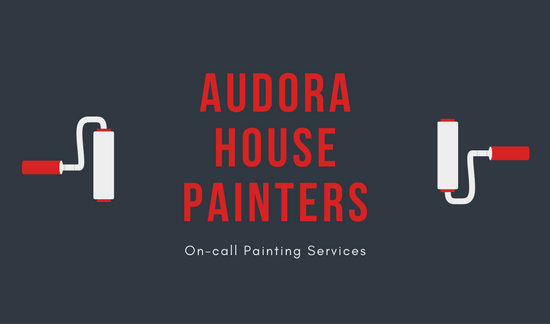Reveal The Keys To Attaining A Specialist Result In Your External Painting Task By Recognizing The Influence Of Weather Factors
Reveal The Keys To Attaining A Specialist Result In Your External Painting Task By Recognizing The Influence Of Weather Factors
Blog Article
click this link Composed By-Reilly Morin
Recognizing how climate condition can affect the result of an exterior paint venture is critical for achieving a remarkable finish. From temperature level fluctuations modifying paint attachment to moisture levels affecting drying times, each component of weather plays a considerable duty in the success of your project. In addition, wind rate and precipitation can introduce unexpected challenges that may jeopardize the high quality of the outcome. As we navigate with the subtleties of weather's influence on exterior paint, it becomes apparent that meticulous preparation and strategic timing are important for ensuring a professional and sturdy result.
Suitable Temperature Array for Paint
When taking into consideration outside painting projects, the excellent temperature level variety plays a vital function in attaining optimum outcomes. Paint in the right temperature level conditions makes sure that the paint adheres properly to the surface, dries out equally, and cures efficiently. Generally, the recommended temperature level range for exterior paint is in between 50 to 85 levels Fahrenheit.
Painting in temperature levels listed below 50 levels Fahrenheit can bring about concerns such as poor paint bond, extended drying times, and an enhanced chance of fracturing or peeling off.
On the other hand, painting in temperature levels above 85 degrees Fahrenheit can trigger the paint to completely dry as well swiftly, resulting in blistering, gurgling, and an irregular finish.
To attain the best results, it is essential to check the weather report before beginning an external painting project. Preferably, objective to repaint throughout light weather with modest temperatures and reduced humidity levels.
Effects of Moisture on Paint Drying
Moisture degrees substantially influence the drying out procedure of paint related to exterior surface areas. High humidity can prolong the drying out time of paint, bring about prospective problems such as dripping, spotting, or perhaps the formation of bubbles on the painted surface area. Excess dampness airborne decreases the dissipation of water from the paint, preventing the healing process. This is specifically bothersome for water-based paints, as they count on evaporation for drying out.
On the other hand, low humidity degrees can additionally affect paint drying. Incredibly dry problems may trigger the paint to dry too promptly, resulting in poor attachment and a harsh coating. In such instances, including a paint conditioner or splashing a fine haze of water in the air can assist control moisture levels and boost the paint end result.
To ensure optimal drying conditions, it is recommended to paint when the moisture degrees vary in between 40% and 50%.
Tracking moisture levels and taking ideal steps can assist achieve a smooth and long lasting paint surface on outside surfaces.
Wind and Precipitation Considerations
Wind rate and precipitation are vital aspects that substantially influence the success of an outside paint task.
When it concerns wind, both rate and instructions are important considerations. https://www.homesandgardens.com/news/colour-trends-210270 can cause paint to completely dry also rapidly, resulting in a subpar finish with potential issues like breaking or uneven texture. Additionally, wind can carry particles that might comply with the damp paint, resulting in flaws. For that reason, painters should intend to work on days with light to moderate winds for optimal paint conditions.
On brick painting services , precipitation, whether rainfall or snow, can be extremely detrimental to the end result of an external painting project. Wetness from rainfall can impede paint adhesion, causing peeling and bubbling over time. It is vital to avoid painting throughout rainy or snowy weather to guarantee the longevity and high quality of the paint job. Painters ought to likewise permit ample time for the surface area to completely dry extensively after any kind of precipitation before starting or returning to the paint procedure.
Conclusion
In conclusion, climate condition play a significant role in the end result of an outside painting task. The suitable temperature level array, humidity levels, wind rate, and precipitation all add to the success or failing of the paint work.
It is necessary to take into consideration these factors and plan appropriately to make sure appropriate paint bond, drying times, and general quality of the finished product.
